Games put a lot of effort into teaching you how they work, but it’s just enough to get you comfortable in the driver’s seat. This is your gas, your brake, your clutch. Here’s what you need to operate this thing. But under the hood? The belts and tanks and pumps and the very appropriate engine? You don’t need to worry about those. It’s not even your car.
Nobody expects players to have developer-level knowledge about games. But because games don’t dwell on this stuff, because as a player you only get a driver’s view, and because most studios rarely explain these elements – shoutout to the blogs, threads, and GDC talks that do – there are a lot of misconceptions about how games are made. As a result, a lot of people who love games set themselves up for disappointment or frustration with skewed expectations or assumptions.
I thought it would be interesting to unpack some of those misconceptions. Since I don’t have dev-level knowledge either, I approached this the only way I know how. I asked over 40 devs from around the world – most of them quoted in this story, some inspiring separate stories – one simple but big question: what is something you’d like to clear up that people, especially players, misunderstand about how games are made?
Responses lightly edited for clarity and length.
Why games are hard
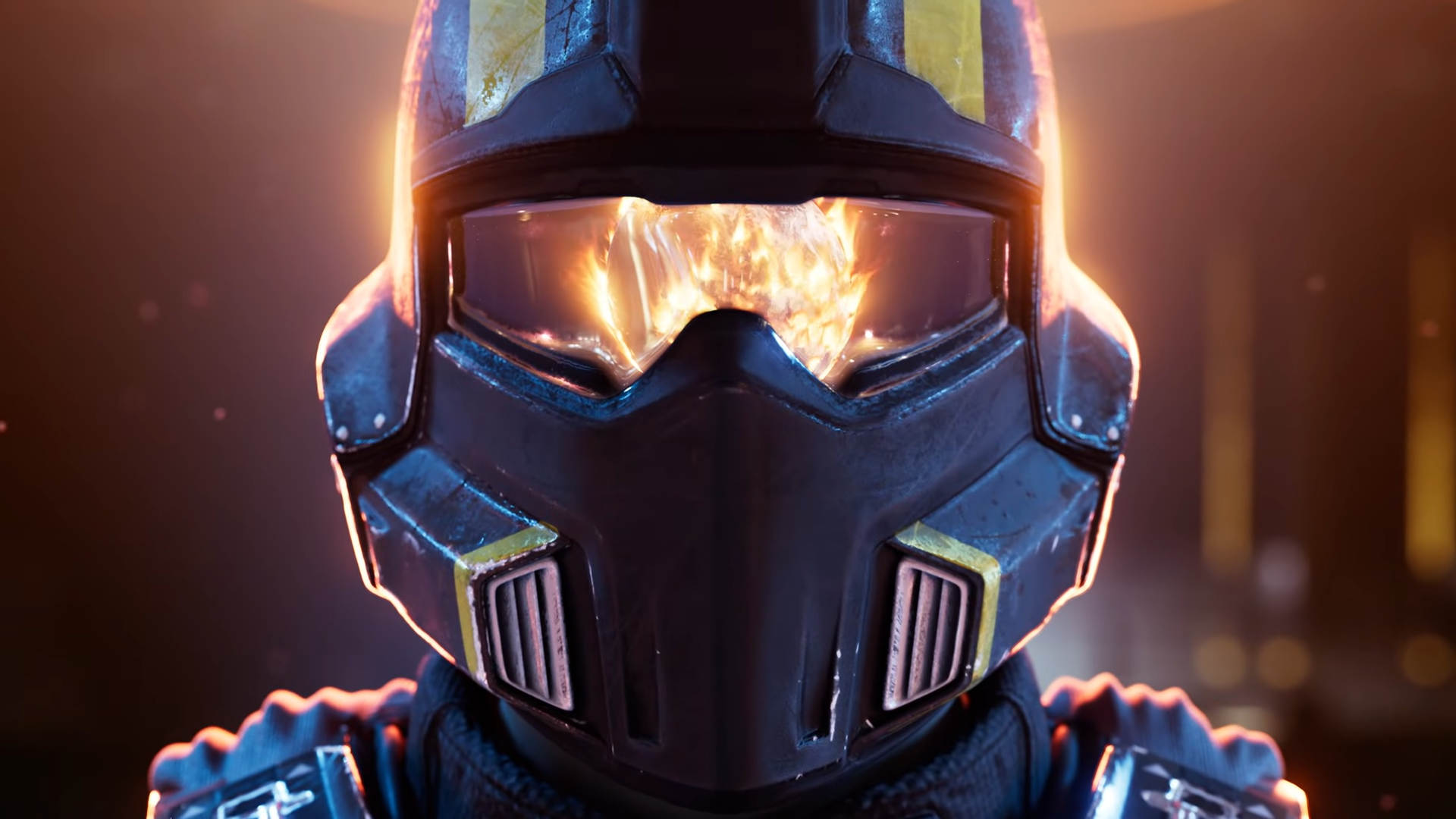
I knew going into this that making games is hard and expensive. But a comment from Ape Out and Baby Steps’ Gabe Cuzzillo struck me and really set the tone for this. “Video games don’t want to exist,” he says. “Other mediums, you’re kind of working with them. Beat a drum, it makes a noise. Nothing is like that in video games. Just by default, they resist existing. They do everything wrong. By force of will, we’ll just kind of tear them into shape, patting them down, just trying to contain this chaotic thing.”
While many comments in this article are, in part, informed opinions, and several developers unknowingly disagreed with each other during separate interviews, Cuzzillo’s perspective touches on a common theme.
Game designs aren’t clear blueprints like building a house, and it’s not a linear process.
John Romero
Helldivers 2 creative boss and ex-CEO Johan Pilestedt reasons that “the one [thing] people misconstrue the most is, if you think about when movies are made, you get an actor and they’re there and you tell them what to say. But games are so meticulously crafted. You have to build the actor from the ground up for them to even be able to perform those lines.
“People say, ‘can’t they add this or do that,'” he continues. “Most of the time, all of the decisions that you make, especially the larger the game gets, have so many consequences that cascade, making something that seems easy really hard, or something that seems really hard to be super simple. It’s unintuitive unless you’ve worked in games to see how they’re created.”
Videos in games
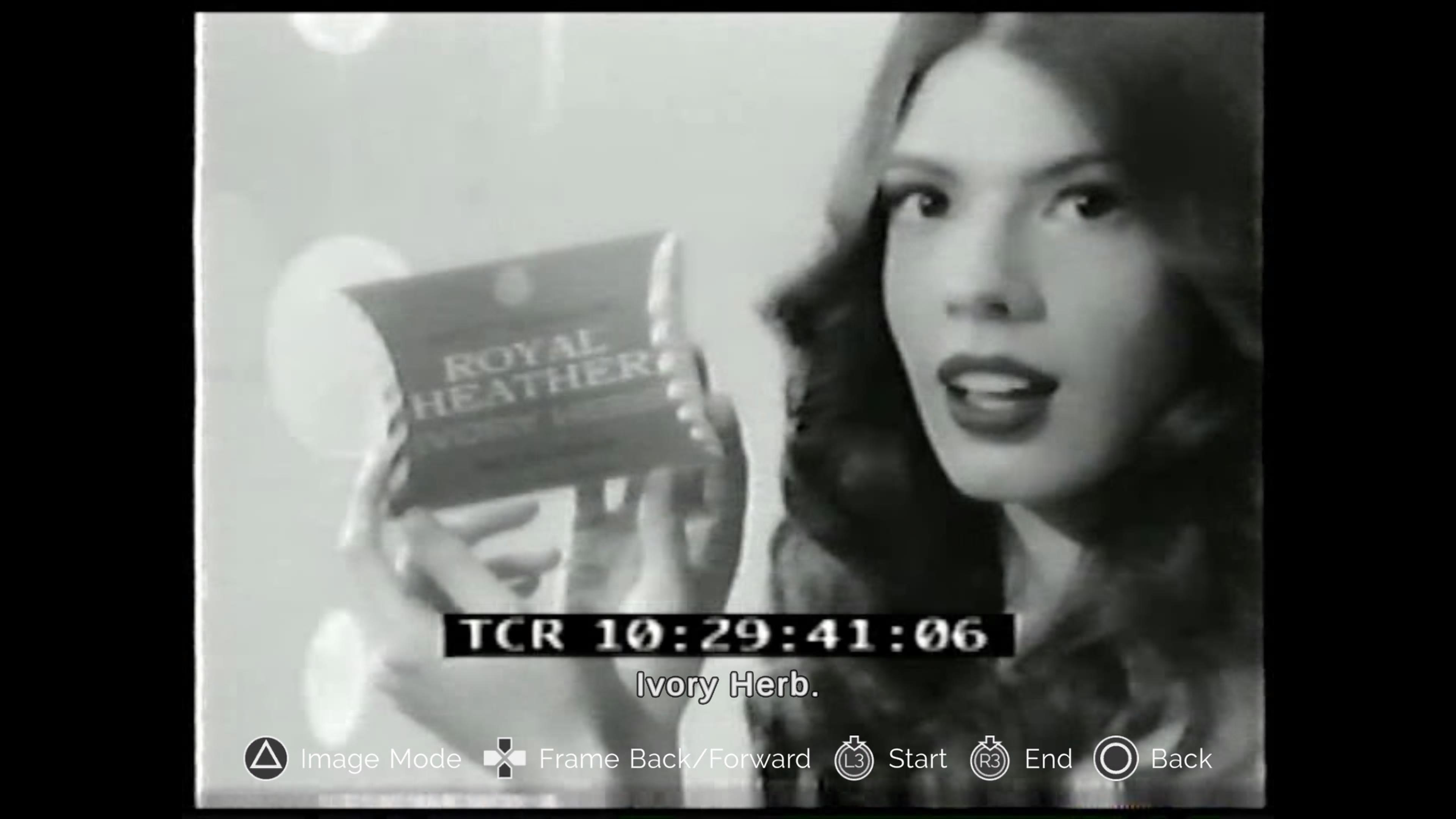
Immortality and Her Story’s Sam Barlow knows how hard it is to get game engines out of their comfort zone. “I saw some people reacting to the use of live action food footage in Dragon’s Dogma by assuming it was a way for the developers to save money on animations and modelling! Generally doing anything with video is way harder than people would think … trying to get more interactive is like going back to Doom 3D and telling the programmers you want to be able to climb the walls.”
Cole Medeiros, Stardew Valley board game designer and business head at ConcernedApe, agrees: “People underestimate how hard it can be to build something seemingly simple and therefore they often overscope their projects. It’s difficult for them to see all the complex systems and restrictions that exist but are not apparent unless you’ve actually built and supported a game. So they might not understand why something takes a long time, or doesn’t work quite right, or why a bug was not found by the developers.”
“Players do not know how ridiculously much work goes into a video game,” says Getting Over It’s Bennett Foddy. “Part of that’s on us, because we show them the bits that are the most fun or silly or glamorous.”
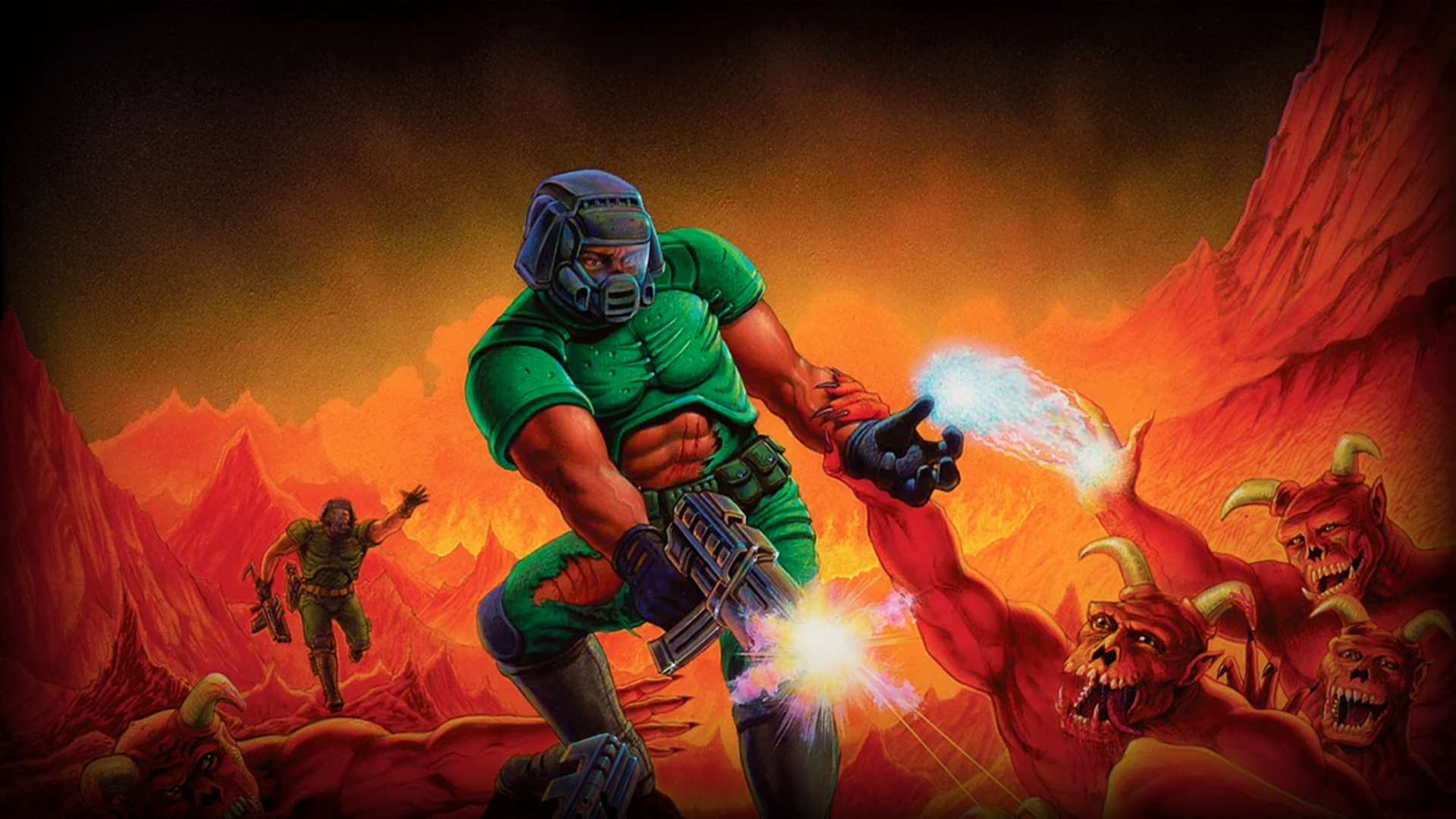
“When devs make updates, it’s all visual, but there’s a lot of things that go into the game that’s not visual, things that are hard to put into words,” says Building Relationships dev Tanat Boozayaangool. “What you see is not the game; it’s what’s under it,” agrees Eagle Knight dev Jorge Ferretiz.
John Romero, game director at Romero Games, sums it up: “Game development is messy, iterative and non-linear. Game designs aren’t clear blueprints like building a house, and it’s not a linear process. Finding the fun is not always easy, and sometimes takes a lot of development to demonstrate. Also, with so many interwoven disciplines, changing something in one area often impacts many others and could cause delays.”
Finding the fun
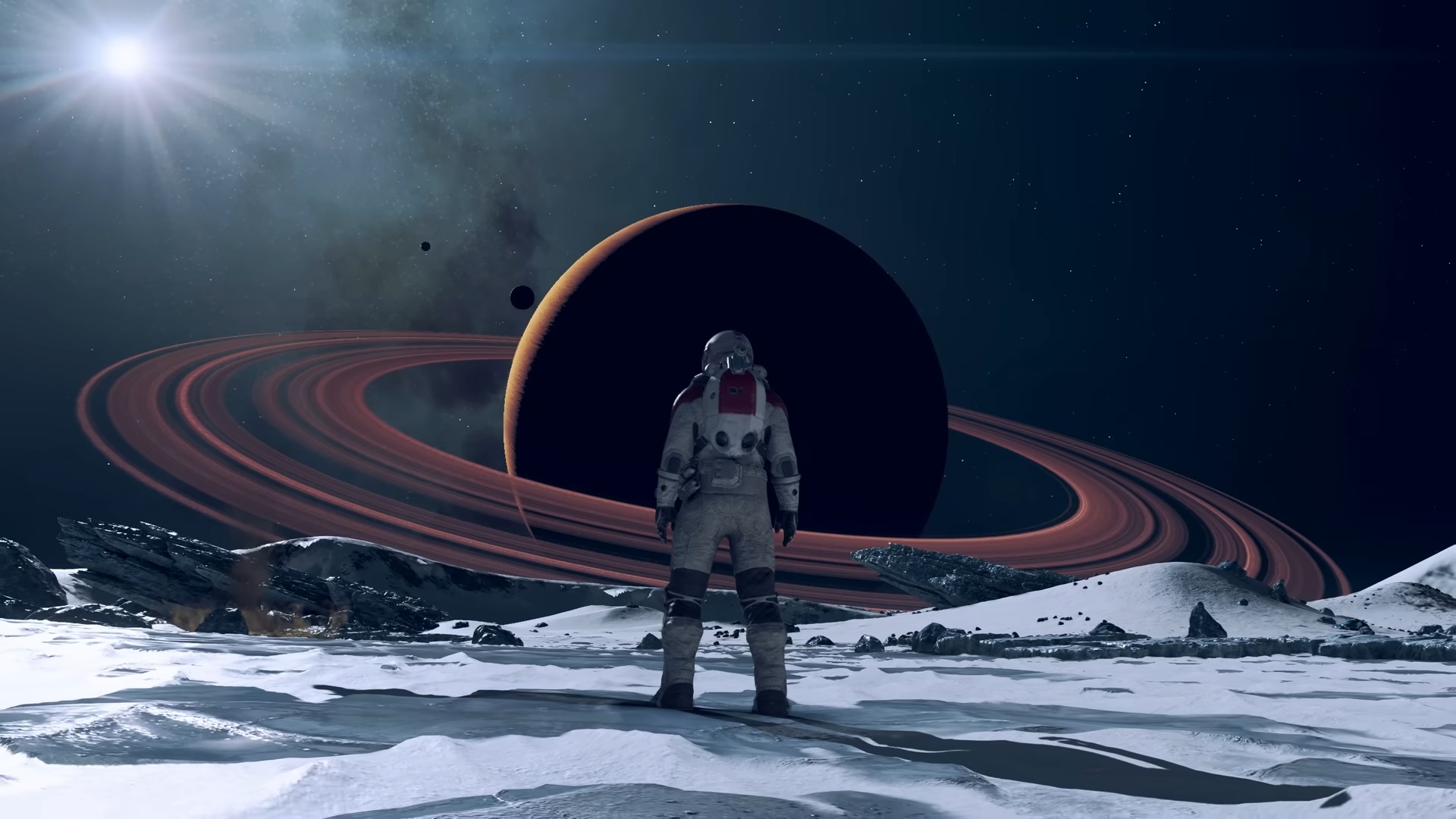
Romero mentions an understated but important process: making something people will want to play, not just that they can play. Once a game works, and it’s overcome all the technical and creative obstacles to run, it may not be fun yet. I’m reminded of Todd Howard’s comments on Starfield, saying it took seven years to find its fun and that he “thought we would find the answers faster.”
Finding the fun is something Papers, Please creator Lucas Pope mentions. “I start with a nicely rounded idea, then immediately dive into the weeds and hang out there for most of the project,” he says. “I happily assume that the pieces could be put together to make a fun game, with only a vague idea of how. And that idea changes as the pieces are completed.”
XCOM creator Julian Gollop, now CEO of Snapshot Games, largely agrees. “It’s such an incredibly iterative process that normally takes you, in some cases, far away from your original conception. When you say you’re a game designer, if you’ve designed the game, well, what do you do the rest of the time it’s in development? You’re constantly iterating and testing and refining all the data inside of the game. The whole iterative process of game creation is maybe something that people don’t appreciate very much.”
The 8-year game
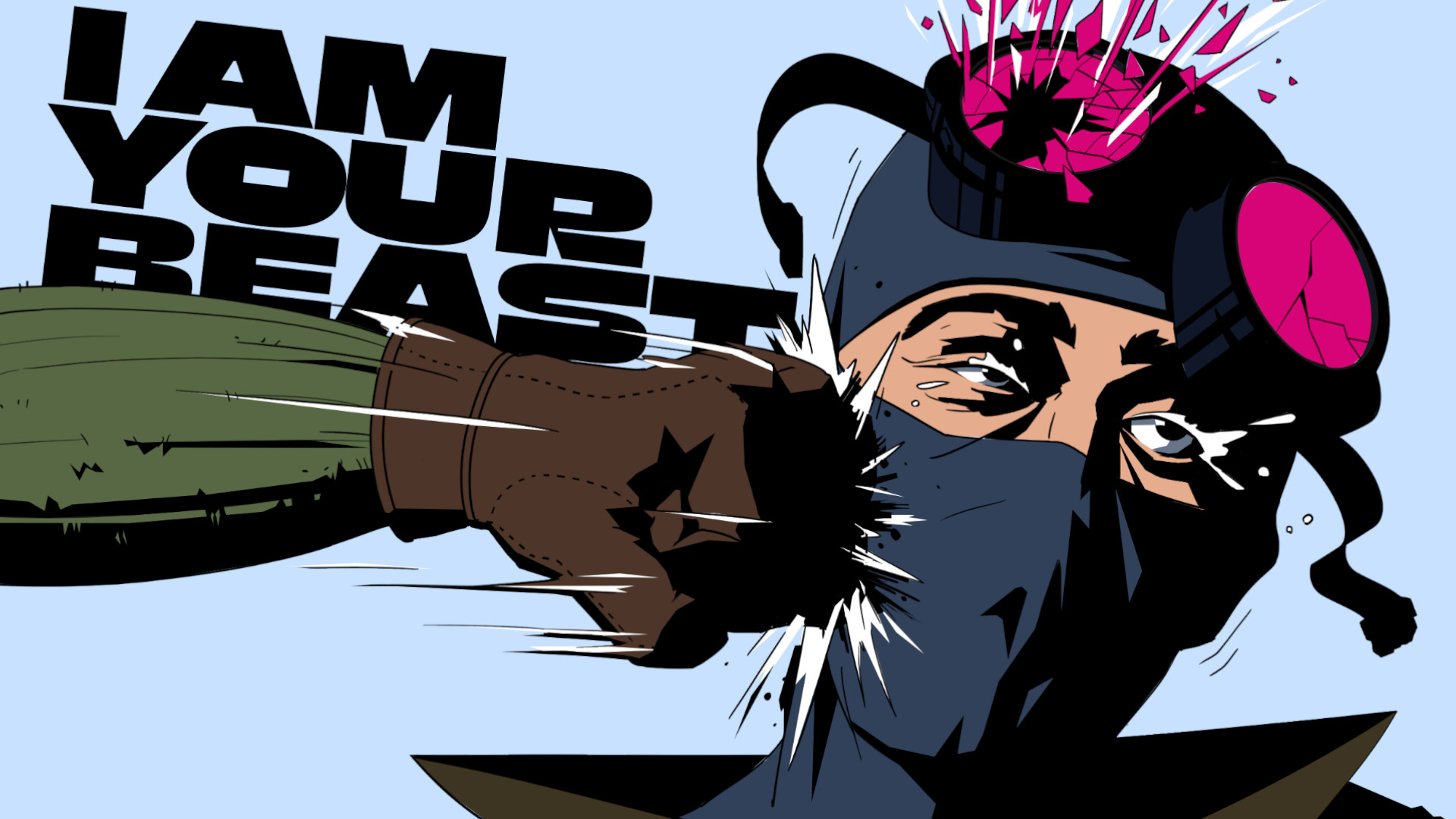
Strange Scaffold boss Xalavier Nelson Jr. finds “we often say that the longer a game was in development, clearly it’s a [more] high quality game. They put five years into it, eight years into it …. Now, when I see a game was made in two years, it usually makes me more excited about the two-year game, because it suggests that someone somewhere knew what they were doing and focused on making that with the team, as opposed to what now feels like the rambling eight-year development cycle, where you learn through the retrospectives and development histories and exposes, oh, six years of that was people wandering in a no man’s land while some guy would come in and radically change the game because he played something really cool.”
Four members of the Possessor(s) team at Heart Machine offered an example of how things come together. Producer Myriame Lachapelle discussed the making of a boss fight, and how multiple people across disciplines will put their fingerprints on that small section. “Making a game is much more collaborative than I think people think it is,” she says.
Director Alx Preston notes that adding another person to a dev team can also add “multi-dimensional” complexity to how that team works. Writer Laura Michet dismisses the idea that one person could, or should, take matters into their own hands because, as Romero also said, changes affect more than that one person. And on the other hand, narrative director Tyler Hutchinson points out that adding more people doesn’t inherently make things go faster. Making games “is a communication problem,” he says, and more people complicates that communication.
People make games
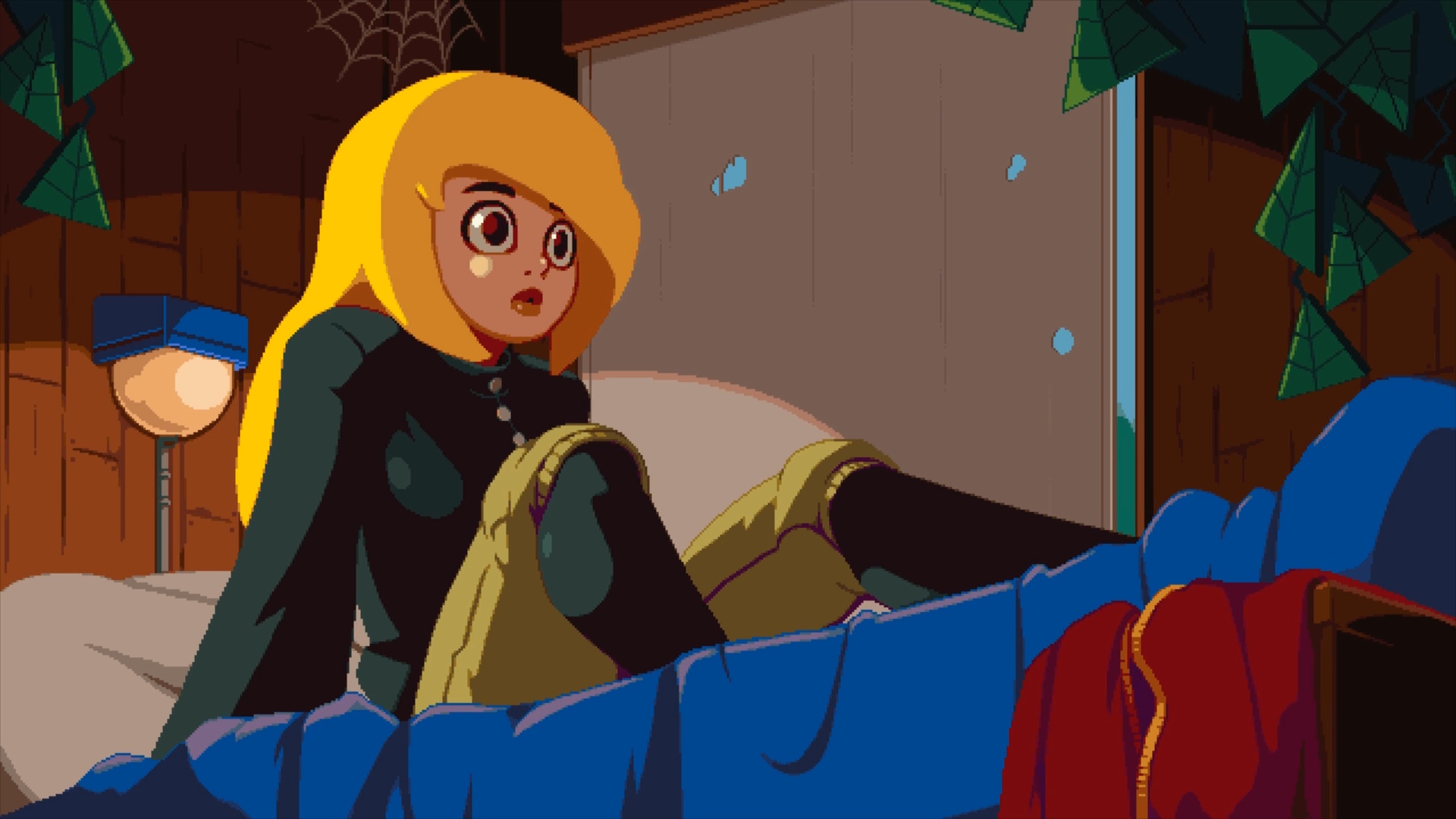
The human element of game dev was another recurring point. Newblood Interactive head Dave Oshry not-unreasonably reasons that most players “know next to nothing about how games are made.” There are more similarities to film and TV production “than you would think,” he explains, highlighting the way development teams coalesce.
“With the exception of solo devs, games are an artistic endeavor that require the cooperation of handfuls, dozens, hundreds or even thousands of people at once working together to create interactive art,” he says. “You can put all the great programmers, artists, animators and sound designers you want in the same building but that doesn’t mean they can make a great game. Great games are made by great teams that work great together. It helps when they’re all friends, too.”
Likewise focusing on “the human aspect,” Iconoclasts creator Joakim Sandberg worries “the vocal audiences still lack empathy for the staff of a company.” There’s an idea “that one person, like the director, is responsible for every popular aspect of a game. Video games have many directors … A game is its team, not its auteur.”
JRPG DNA
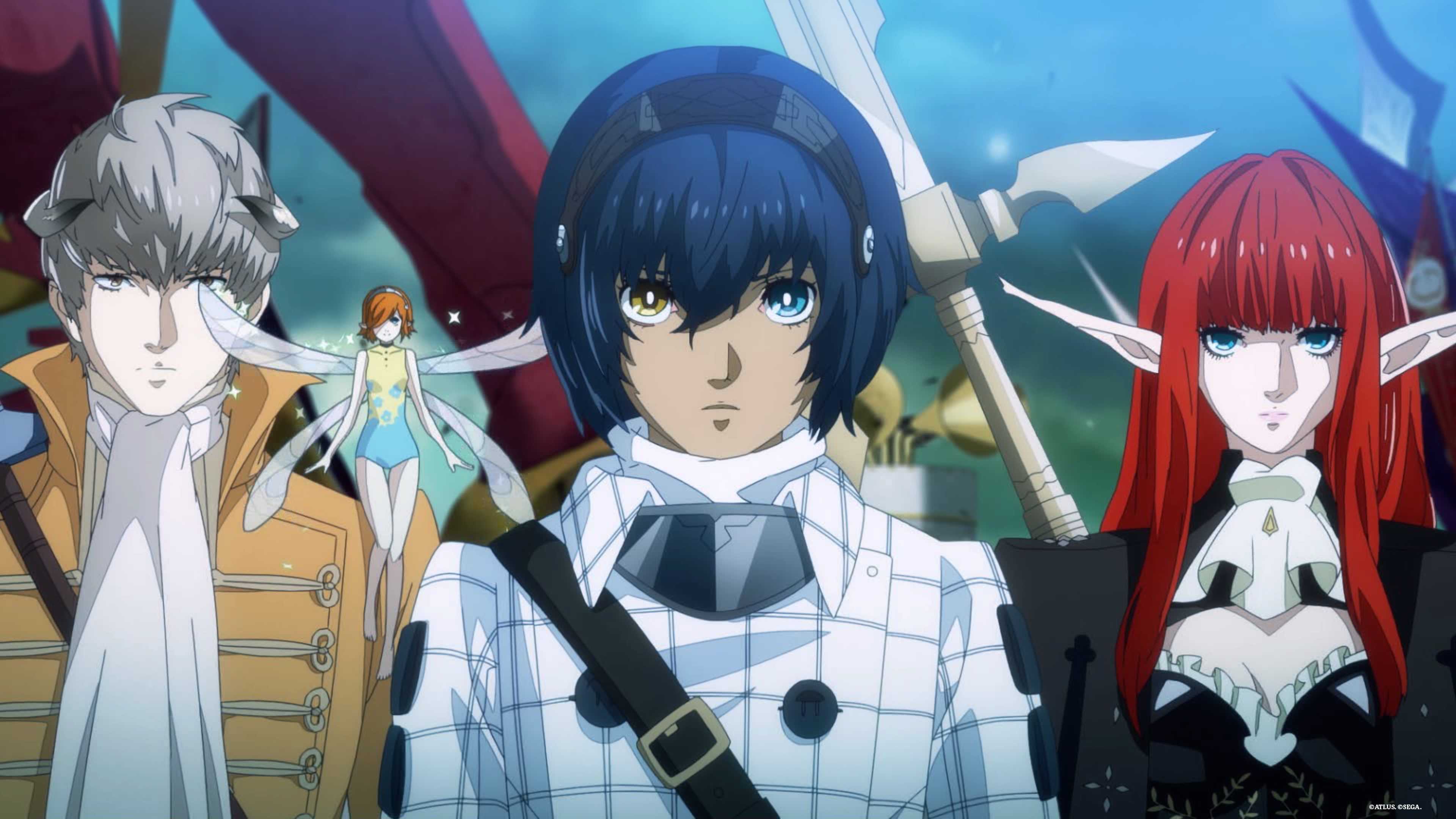
Metaphor Re:Fantazio’s lead UI designer, Koji Ise, believes menus and interfaces hold great potential and can inspire interesting discoveries: “This is specifically regarding Metaphor, but each and every aspect in the UI carries meaning and has been carefully and deliberately selected.” Metaphor battle lead Kenichi Goto has good and bad news for theorycrafters: “There are times when people excitedly claim, ‘I found a way to win that even the developers didn’t anticipate!’ However, from my experience, most of those methods are actually ones that we knew about but intentionally left in the game. That said, on rare occasions, players really do discover methods we hadn’t considered, which is one of the fascinating aspects of game development.”
One such director, David Jimenez at Altered Alma’s 2Awesome, describes his role as creative director as “like directing an orchestra. You have to manage people rather than manage the game. My job is making them all work together in the right direction.”
Games are their people. (Shoutout to People Make Games, who I have mercilessly turned into a section.) It’s why a studio’s output can feel so different if key creatives leave, or are laid off to assure investors a number will go up for a quarter. Teams of a similar structure can also differ wildly. Offbrand Games CEO David Gorman notes “there’s not one type of development team,” just as there isn’t “one way to make a game.” Instead, “depending on their background, certain things might be easier or harder for them.”
One way these assumptions manifest, Palword publishing manager John Buckley finds, is that “people have very unrealistic expectations of timelines.” Titans like Fortnite and Call of Duty suggest content can be pumped out in days or weeks, but those games are made with unparalleled resources. For the overwhelming majority of devs, things take exponentially longer.
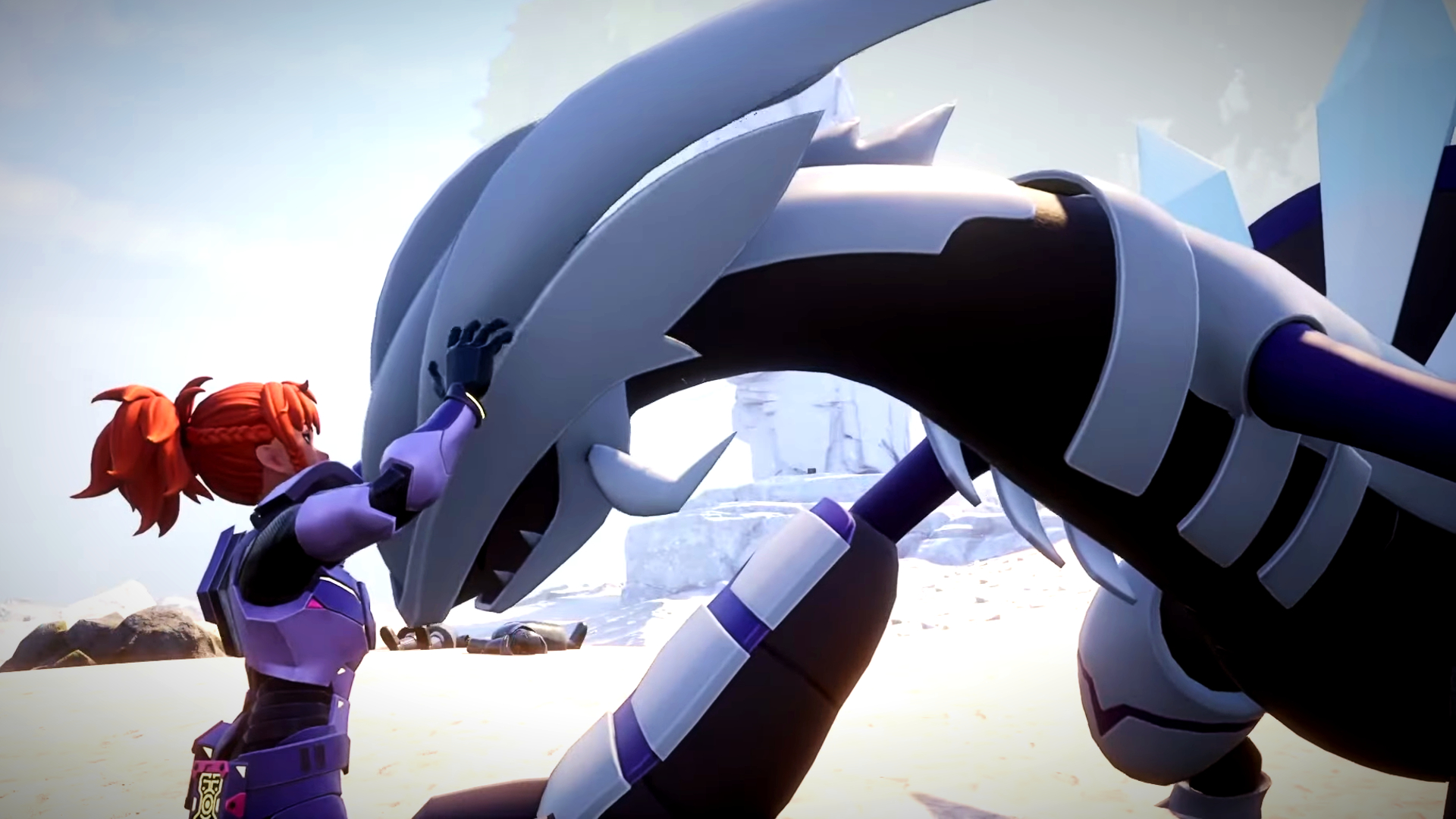
“I think gamers have just become so used to this kind of constant cycle that they’re now applying it to every game they play,” Buckley adds. “A new island in Palworld, that’s half a year’s work. That takes six months. And when it comes out, people are super excited, but you just get so many nasty comments before that about these things. And you try to explain it, and there’ll always be a few gamers who get it, and they really appreciate that dialog, but quite a lot of them don’t.”
Iron Lung and Dusk’s David Szymanski believes “communication between players and developers in the indie sphere is pretty open, or at least it is when both parties allow it to be.” Richard Atlas, CEO and creative director at Ultimate Sheep Raccoon’s Clever Endeavour, thinks “players are easily converted from having a lot of complaints to really empathizing if you speak to them as humans. I understand why you’re annoyed about this feature we just made, here’s why we did it and here’s what we had to sacrifice in order to do this thing.”
When games fail

This kind of rapport becomes especially valuable when games stumble or break. Some of the shakiest theories and worst arguments can surface when players are unhappy with games, the time when feedback is arguably most important, and this is when once-harmless misconceptions can poison the well.
It’s now very easy to acquire enough knowledge to make broad incorrect assumptions
David Szymanski
I’m not suggesting people who make games can do no wrong or that design or monetization missteps shouldn’t be criticized. As ex-BioWare community dev Frank Sanchez told me for my story on why online games always break at launch, there are valid reasons to hold devs accountable and, if problems aren’t being addressed, “put their feet to the fire and say, ‘Hey, I’m not having a good experience, this is why.'” Don’t, you know, harass them.
Countless devs have said it: player feedback is essential. Even the biggest teams can’t test and find everything themselves. Erenshor creator Brian ‘Burgee’ put it this way: “There’s nothing I appreciate more than someone writing out a post about a mechanic and how they think it can be better.” But as Fallout’s Tim Cain said, there are good and bad ways to give feedback, and a lot of that ties into how problems happen in games and how they can be fixed.
“Behind a lot of releases that just didn’t turn out the way people expected them to, there was a dev team trying its absolute hardest to make that game as good as it could possibly be under challenging circumstances,” says Romero Games CEO and studio director Brenda Romero. “We cough up a chunk of our soul for these games, and while a non-optimal release sucks, I can assure you that the dev team tried everything in its power to deliver on that vision.”
Oops
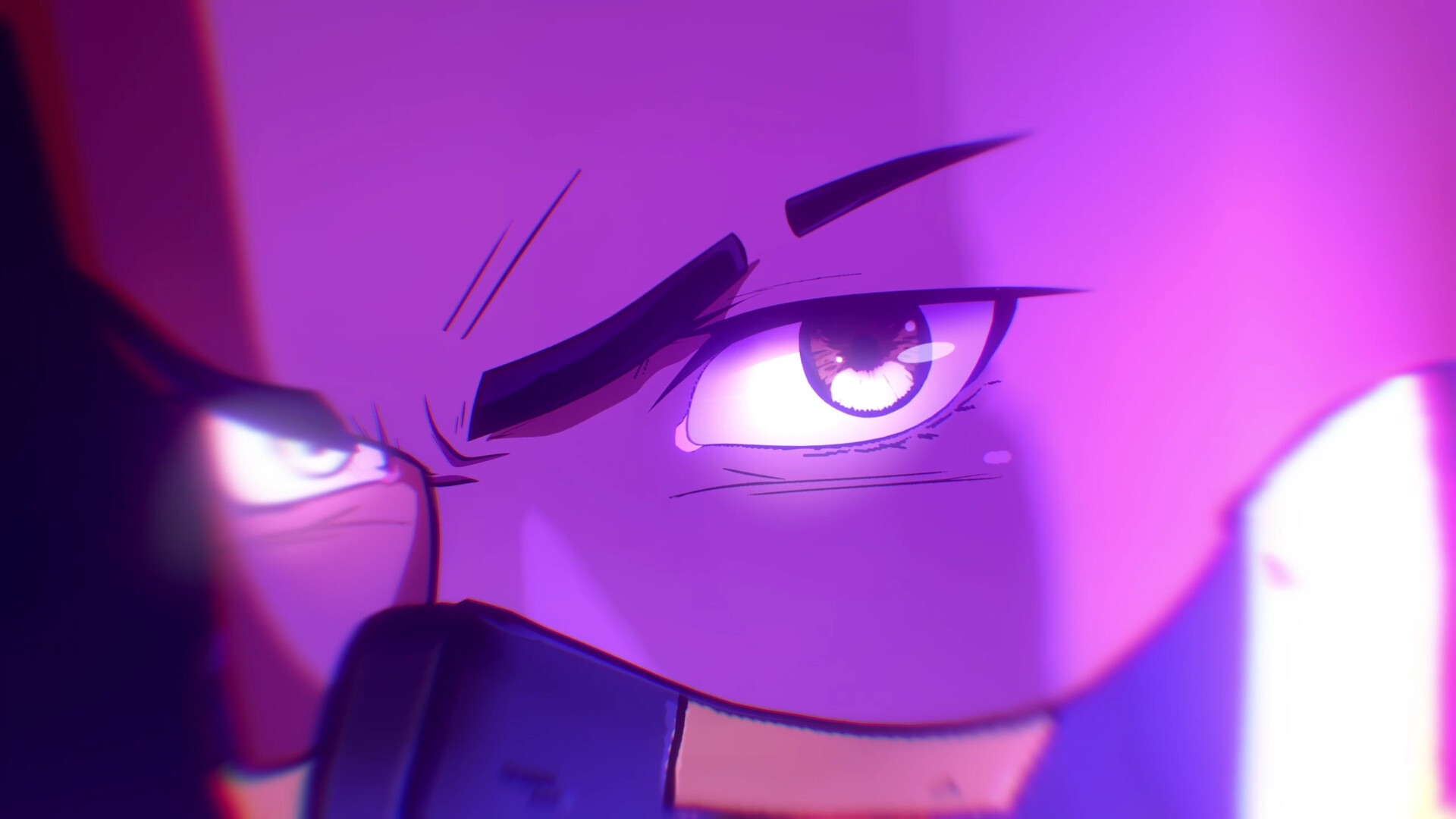
Yasuke: A Lost Descendant director Will Gwasera lays out how games resist and complicate change: “Sometimes an issue or a problem about the game may have been noticed by the devs ages ago, but they just didn’t have the time to fix it. It’s not as simple as, ‘We have this feature we want to add. Add feature. Feature done.’ It’s usually, ‘We have a feature we want to add. How does it work with everything else? Is it gonna work? Add feature. Game breaks. None of the game works anymore. Remove feature.'”
TinyBuild CEO Alex Nichiporchik says “making games is insanely difficult, especially before you’ve announced and had some traction,” when you’re wondering if anyone will care and, if they do, if you can meet expectations.
“There’s a constant battle between the realities of trying to make a game under a time frame and a budget and all that other stuff, and how difficult it is to do one little thing,” echoes Graffiti Games lead producer Troy Saemann. “When you add all that stuff up, that’s where you start to see delays and other issues that I think cause a lot of the games that people see as being bad or rushed.”
“People think developers have a lot of malice behind anything they do when it’s actually just them trying to make sure you get the best game possible,” adds indie dev Aerial_Knight. “When things do launch with bugs, and there’s no way to make a game without bugs, it’s nothing they left in because they didn’t care.”
Szymanski targets the idea of “dev laziness” as “a blanket explanation for missing/buggy features or seemingly hacky implementation.” He says “these decisions are nearly always driven by an unseen web of more complex issues and/or external pressure.” He worries online tutorials and tools can be “a bit of a double-edged sword in this instance,” because “it’s now very easy to acquire enough knowledge to make broad incorrect assumptions about how easy a given task should be.” With his recent game Butcher’s Creek, Szymanski found that something that sounds like “a simple fix” for AI and animations actually would have required overhauling huge chunks of the game.
Surprise
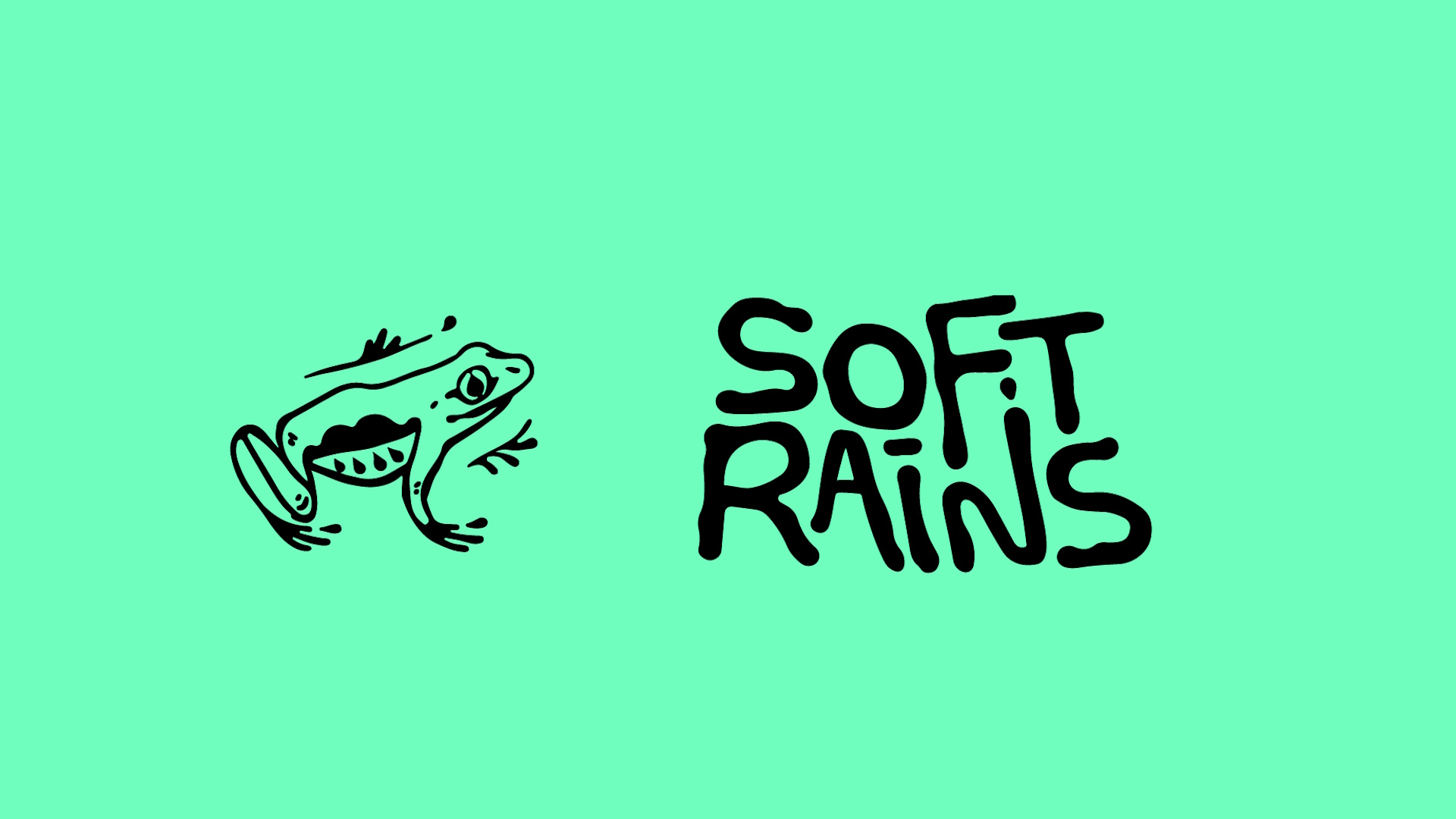
AAA and Bethesda veteran Joel Burgess has seen a lot of great things happen by accident. “We’re entertainment teams that make software. Part of that, you’re dealing with weird technology that often doesn’t work because you’re inventing it, and a creative thing that, unless you’re truly a solo developer and touching every part of it, the minute there’s a second person, it influences that. And so you get these little synapses of things that just pop, pop, pop, happen by accident. And sometimes you notice those things and you can design towards them or away from them, and sometimes you don’t even notice them. And I think that’s part of what’s magical about games.”
Some developers I spoke to were hesitant to “call out” players. Others, like veteran dev Andrew Gilmour, best known for Slain and Valfaris, reckon players don’t care as long as the game is good, so he may even advise devs to “stop trying to explain your process and get back to actually working on your game, and if you have done it correct you won’t have to explain it.” Lies of P director Jiwon Choi was of a similar mind. Via interpreter, he said: “In the end, if I make a good quality game, without having to go into the details of all the challenges we went through, I believe the fans will see it.”
What I wanted from this story was a look into how devs think about games and why games require the resources they do, and a broader perspective on game development that doesn’t rely on jargon I frankly wouldn’t understand either. If there’s a theme to all of these responses, it’s that making games is hard and expensive and time-consuming, and also diverse and messy and collaborative, often in unseen and unpredictable ways.
Games are 3D shapes, and playing them only shows you one side; we won’t know if that square is part of a cube or a pyramid. So we should criticize games, interrogate claims, and share opinions. But we should also resist the urge to generalize and assume, because wrong assumptions can become an obstacle to our own experience and feedback, and it is so incredibly avoidable.
“The eShop needs to be better. MUCH better”: 28 game devs, from the creator of XCOM to indie legends, explain what they want from Nintendo Switch 2
